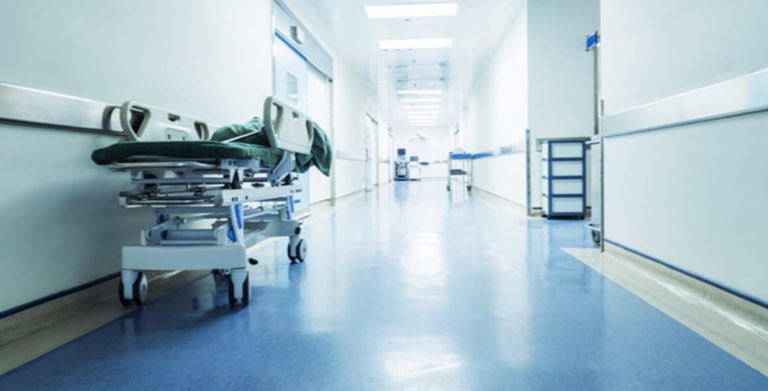BIG Special Discounts Available NOW! Check out our Products
Leader in Waste Management Solutions | PROUDLY MADE IN THE USA ![]()
Leader in Waste Management Solutions | PROUDLY MADE IN THE USA ![]()

[vc_row][vc_column][vc_column_text]From urine to stool to vomit, human waste products come in different forms. In a typical setting, exposure to human wastes is hazardous enough as it spreads disease. It’s even more worrisome in hospitals where people are already sick, and their weakened immunities need to be kept in a sterile environment.
Waste bags can offer hospitals a more hygienic solution to the management of human waste, allowing them to keep hospital rooms clean for their patients and other attending staff. Waste Bags use specialized gelling technology to create unique waste alleviating solution.
Brief Relief Waste Bags contain sophisticated polymers and enzymes that transform human wastes into a deodorized gel. The waste bags are made with a sturdy triple barrier bag design and non-toxic materials that make them puncture-resistant, spill-proof, and odor-free. [/vc_column_text][vc_column_text]
Waste bags like the Brief Relief Liquid Waste Bag are ideal for hospital staff who help patients empty their catheter bag. Attempting to drain the bag into the toilet is challenging as it requires the patient to stand up and make the trip to the bathroom. In many cases, the patient may be unable to do so, and the nurse will need to drain the bag into a container which they will later empty into the toilet.
With a Liquid Waste Bag, there’s no need to catch the urine in a different vessel. The catheter bag’s drainage tubing can be positioned to allow the urine to drain directly into the waste bag. A waste bag can eliminate the process of collecting urine in a separate container or bedpan, which will need to be sanitized with bleach and water with every use.
With Brief Relief waste bags, the liquid wastes immediately activate the gelling process and eliminate the risk of spillage. Even if the waste bag is dropped on the floor by accident, the contents will not make a mess.
For emptying a colostomy bag, the Brief Relief Disposa-John is the solution. There’s also no need for the patient to walk all the way to the bathroom to drain their ostomy bag or potentially contaminate a separate container. The Disposa-John was designed to handle both liquid and solid wastes by using the same polymers and enzymes found in the liquid waste bag. The wastes are also converted into a deodorized gel.
For patients who may be prone to vomiting, particularly after surgery, Brief Relief waste bags can help hospital staff minimize the spread of disease and contamination. Instead of throwing up in a pail that may be left exposed and uncleaned for a while, patients may vomit in a waste bag that will convert the bile into a gel. The waste bag seals securely and will mitigate the risk of spreading bacteria.
Because all Brief Relief waste bags are made with non-toxic materials, they’re landfill-safe and can be thrown away in a regular trash receptacle. [/vc_column_text][vc_separator][/vc_column][/vc_row][vc_row][vc_column][vc_column_text]
[/vc_column_text][/vc_column][/vc_row]